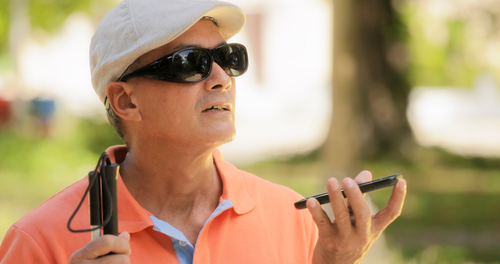Assistive technology enables people to live healthy
UNI May 22, 2018
Assistive technology enables people to live healthy, productive, independent, and dignified lives, and to participate in education, the labour market and civic life.

Assistive technology reduces the need for formal health and support services, long-term care and the work of caregivers. Without assistive technology, people are often excluded, isolated, and locked into poverty, thereby increasing the impact of disease and disability on a person, their family and society. Today, only 1 in 10 people in need has access to assistive technology due to high costs and lack of awareness, availability, trained personnel, policy, and financing.
People who most need assistive technology include: people with disabilities, older people, people with noncommunicable diseases such as diabetes and stroke, people with mental health conditions including dementia and autism and people with gradual functional decline. Assistive technology can have a positive impact on the health and well-being of a person and their family, as well as broader socioeconomic benefits.
Proper use of hearing aids by young children leads to improved language skills, without which a person with hearing loss has severely limited opportunities for education and employment. Manual wheelchairs increase access to education and employment while reducing healthcare costs due to a reduction in the risk of pressure sores and contractures.
Assistive technology can enable older people to continue to live at home and delay or prevent the need for long-term care. Therapeutic footwear for diabetes reduces the incidence of foot ulcers, preventing lower limb amputations and the associated burden on health systems. Across the globe, many people who need assistive technology do not have access to it. Examples of the unmet global need for assistive technology include: 200 million people with low vision who do not have access to assistive products for low-vision.
Seventy five million people who need a wheelchair and only 5 to 15 per cent of those in need who have access to one. 466 million people globally experience hearing loss. Hearing aid production currently meets less than 10 per cent of the global need.
-
Exclusive Write-ups & Webinars by KOLs
-
Daily Quiz by specialty
-
Paid Market Research Surveys
-
Case discussions, News & Journals' summaries